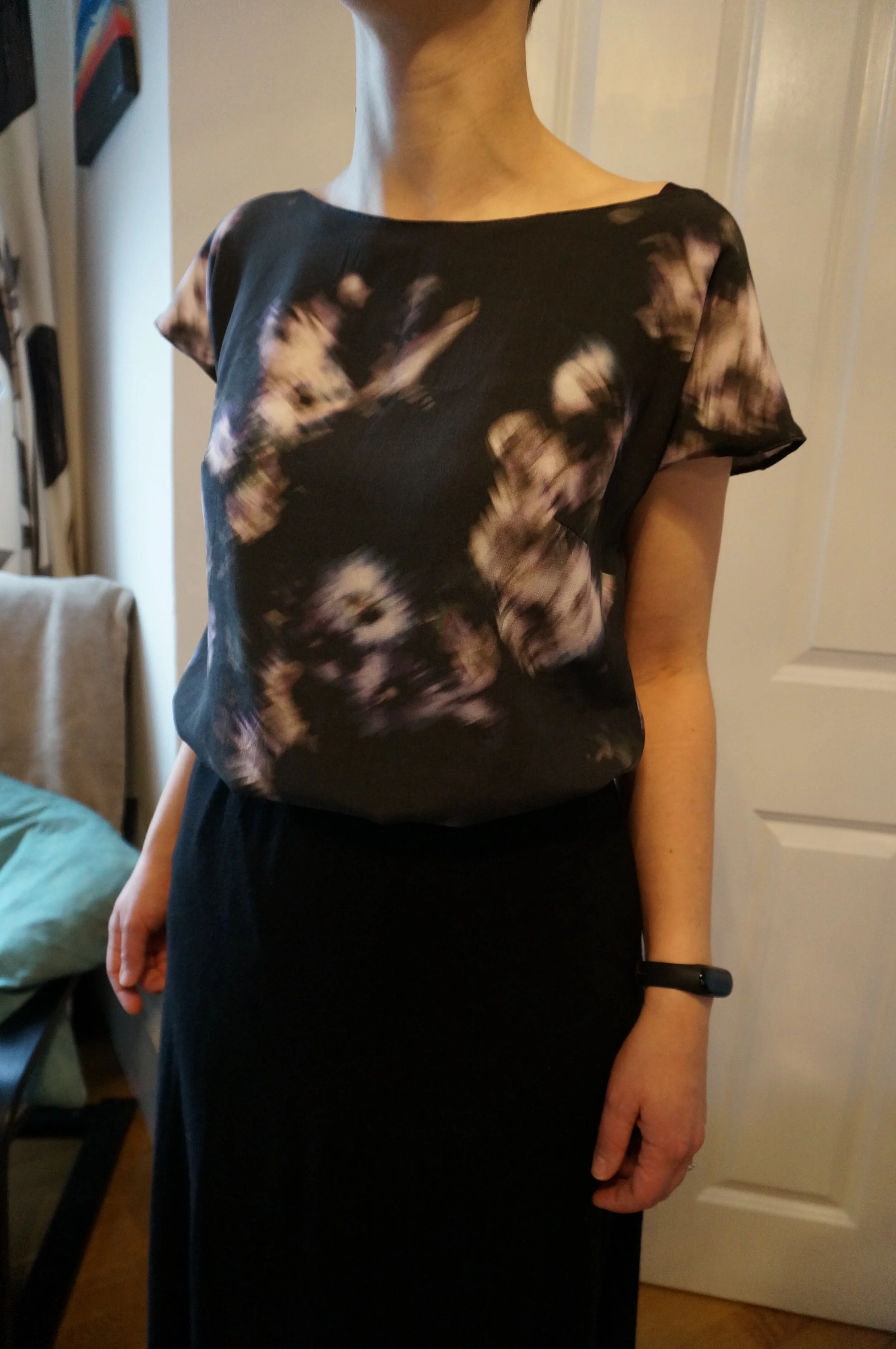Letter from Hong Kong
Last year around June/July time I was looking to get some of my images published in other types of format and recognised by photography or media journals. I wrote the piece below for a photography magazine, but since it didn't get printed I feel that I can share what I submitted here. I felt disappointment for not getting published but that hasn't stopped me from trying again. I learnt a lot just from the writing exercise, but who knew that writing 400 words could be so hard!
Without repeating myself again in my submission copy, I had forgotten that to tell a story I, the storyteller, required a sense of narrative purpose that needed to be developed through the accompanying images. The magazine that I hoped I was going to be published in, existed away from me and the story I told needed to speak for itself.
These days, everyone has fairly easy access to photography, meaning that the competition is tougher and the bar of standards has risen. A publishing company is judged by the titles and people that they publish. And this is why I've not stopped submitting works to different companies that I want to be seen in, who are also showcasing the works of other photographers whom I admire and respect. Without further ado, read on for my first submission to a printed magazine.
Early this year I embarked on a trip to Hong Kong - the first time I had travelled there by myself without needing to visit family or to be with a travelling partner. I actually enjoyed being away from human contact, which feels like a strange thing to say for my journey through a city of 7 million residents.
For this trip, I had borrowed my friend’s Sony NEX-5R, a weightless thing compared to my usual equipment, a Nikon D7100. I wanted the challenge of a fixed-zoom lens, so I could focus more energy on the subject rather than the workings of the camera itself.
Compared to London, Hong Kong has this amazing way of preserving older buildings. Instead of trying to make them merge with the new glass structures, these ancient temples are preserved with definiteness and dignity. Yet the two cities share a similarity in their arresting juxtaposition of old and new. As soon as I stepped into Chin Lin Nunnery, I knew that I had found my inspiration, in the meeting points of East and West, and the modern high rises encroaching on the ancient temples. Architectural form has even been imposed on nature, with the bonsai having been shaped in a particular way.
The images shown all have the foreground elements framing the main subject in the distance, injecting further interest and also adding a sense of isolation and separation from the viewer, by creating both a physical and visual barrier between them and the subject.
With so many composition techniques, I believe that the most important feature to grasp is being as inventive and experimental as possible, regardless of the equipment that you have. Quite often for me, the more interesting and engaging images reveal themselves when I am aiming to push the boundaries of my own creativity, even taking the experience far out of my comfort zone. The freedom of travelling solo granted me the time to experiment in this way and admire the beauty that surrounded me. I am looking forward to developing my photography further in my next independent adventure.



